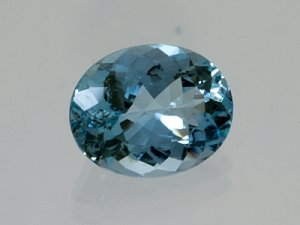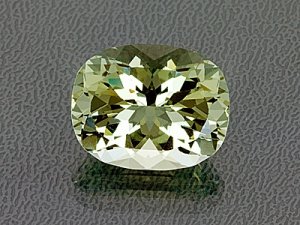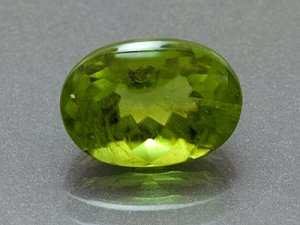pinkjewel
Ideal_Rock
- Joined
- Aug 1, 2011
- Messages
- 2,362
baby nurse|1313348607|2990686 said:I could be wrong, but I think it's a fancy way of saying it's a Portuguese cut.
I believe LovingDiamonds is on to something here. The original Portuguese technique involves a series of 16-facet-tiers culminating to a point at the culet on a [round gemstone]. Most pavilions would incorporate 5 tiers, but 4 tiers still works on shallower or smaller roughs.LovingDiamonds|1313517392|2991973 said:Ok - I could be wrong but I don't think it's necessarily a portuguese cut. I believe pavillions can be cut to resemble a flower with other cuts but would love that to be clarified by one of our lapidaries.
In answer to your question, is it a good or bad thing? It's probably a good thing because it may mean that the gemstone is well cut - although that's a huge generalisation!


